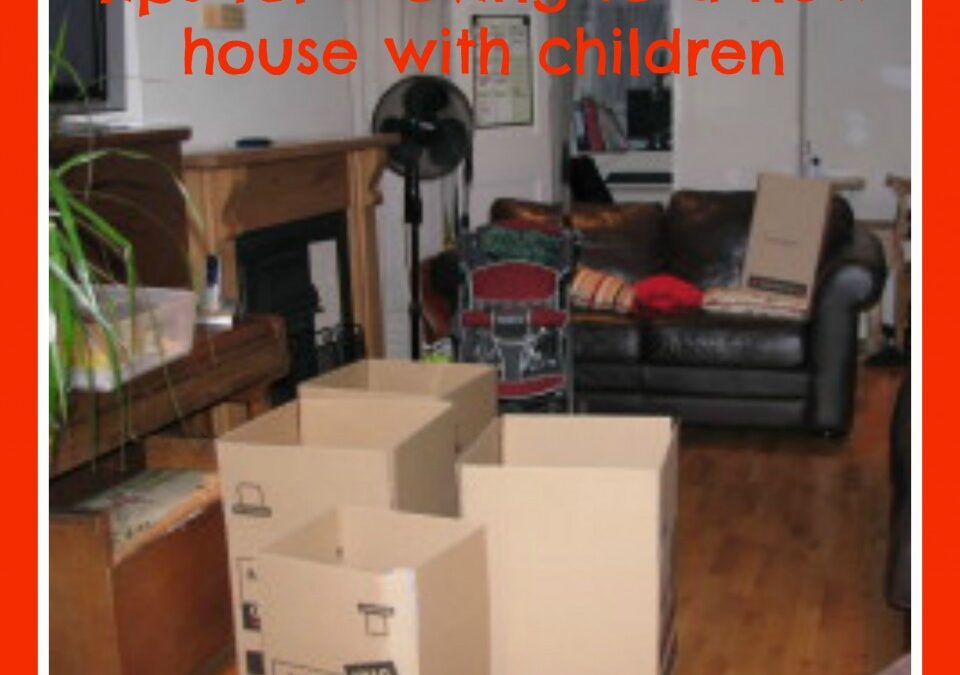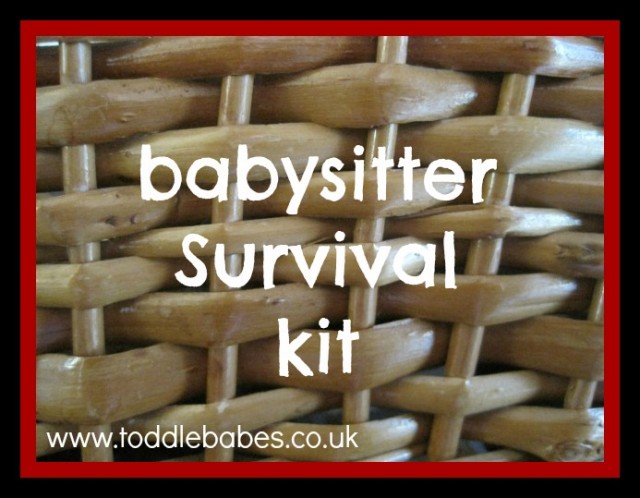
Start the New Year Organised!

Packed Lunch Ideas for Primary School Children: Real-Life Prep Tips from a Mum of Three

Read here to find out how to move home successfully with toddlers, how to prepare them for the move and getting them to help.
Moving is a stressful experience for all family members. Children can show this stress in a variety of ways. This article deals with how to alleviate or eliminate some of the stresses for your family.
- Encourage your older children to compose poems and paintings about the old home and the new one. Keep a collection of works of art from the old kitchen walls and instantly stick them up in the new place, to show that this is as much theirs as the old one.
- To make things easier during and after the move, try to make extra meals ahead of time and freeze them.
- Let children help with the move. Let them pack some of their own things—or even better carry their favorite things themselves from the old house to the new. This will help to make the transition smoother. They may also be able to take part in decisions about where to put the new furniture for their bedroom. When in the new house, have your child help you unpack their things—especially the things they use every day. This will help to avoid the inevitable “Mommy, where is my … ?” Bigger toddlers don’t want to be left out and usually find the business of the moving trucks very exciting. To keep them interested and involved, give them a couple of personal boxes in which to pack and unpack a few favourite toys. Decorate the boxes with stickers and their name; let them ask the removal men (or Daddy) to put the boxes in the van last, and unload them first at the new house.
- Remember to use your established routines when you get to the new house. For example, even if the bedroom is different children will be comforted by knowing the going-to-bed routine is the same.
- Be positive—point out the good points of the new house and talk it up. e.g. “Aren’t we lucky we are moving to a house with a big garden … etc.”
- For very young children, try to make the new room as much like the old one as possible—even if it isn’t the best arrangement for the new room. The child will be reassured by the familiar relationship among things, and once you have all settled down you can slowly rearrange them if it seems necessary. If your child has previously been sleeping in aot, now is not the time to change to a big bed. Wait until he or she has fully settled into the new house before making this transition.
- Try to maintain your regular schedule for meals and bedtime to give your children a sense of familiarity. This helps the children to settle in and feel safe and secure in their new environment
- Children notice and will react to your stress levels. If you are stressed about the move then they will also be stressed. Try to do as much as possible before the big day, pack while they are sleeping so that you have less to do as the moving date looms and make sure to continue doing those trips to the park or other children’s activities you have always done.
- If possible, take the children to visit the new house and look around. If not, try to get pictures of it to show them so that it seems more familiar when they actually go there.
- When you are in the new house, make a point to explore the house and garden as a family. This gives the move a sense of adventure and fun and can help you point out interesting and possibly exciting features of their new home.
- After the move, try to get your child’s room organised before worrying about the rest of the house. If your child has a safe and comfortable haven (their room) in the new house into which they can retreat when feeling a little unsure, it can make a big difference to their acceptance of the move.
Strategies to help children adjust to moving
Be understanding. Accept and acknowledge both positive and negative feelings. Let your children know that it’s OK and normal to feel anxious. Watch out for verbal and nonverbal communication. Your younger child may act out rather than tell you if something is worrying him whilst your older child may become withdrawn.
Provide continuity. Much of the stress associated with moving comes from the “newness” and “difference” of things. Keep routines and other family habits as normal as possible. Don’t be tempted to make a lot of major changes in your home life.
Be patient. New adjustments take time. Individuals handle things differently. Some children will ease slowly into a new situation, some will leap in head first. Allow for differences in personalities.
Use children’s literature. Books and movies are wonderful for helping children prepare for and understand difficult situations. Story characters who model successful coping strategies are an excellent resource for children.
Above all, take the time to enjoy the move. The boxes can wait. Have fun finding out about your new home and spending time in it with your family.
Children’s books about moving
Dear Phoebe, S. Alexander
We Are Best Friends, Aliki
It’s Your Move: Picking up, packing up and settling in L. Bourke
I Don’t Live Here!, P. Conrad
I’m Moving, M. W. Hickman
My Friend William Moved Away, M. W. Hickman
Moving Molly, S. Hughes
I’m Not Moving!, P. Jones
Maggie and the Goodbye Gift, S. Milord & J. Milord
A New Boy in Kindergarten, J.B. Moncure
Mitchell is Moving, M. W. Sharmat,
The Monster in the Third Dresser Drawer and Other Stories About Adam Joshua, J. I. Smith
Moving Day, T. Tobias
Moving, W. Watson

I am a preschool and primary school teacher and mum to 3 children. I have been involved in education since 1997 and have trained in a variety of educational specialist areas. It is with this expertise that I write articles to help parents and educators provide quality learning experiences for the children in their care.




